The bitter balance of the “Arab Springs”
RICARD GONZALEZ
As if it were a circular play, the democratic hopes born of the so-called "Arab Springs" have ended in the same place where it all began: Tunisia. It was the hasty flight of Tunisian dictator Ben Ali in 2011, frightened by a strong wave of protests, that inspired activists throughout the region to take to the streets to demand more freedom, democracy and social justice from their rulers. And this small North African country has also been the last to lower the curtain on its democratic transition with the approval at the end of July of a new Constitution with autocratic overtones sponsored by its omnipotent president, Kais Said. This Magna Carta buries the one approved in 2014 by a Parliament elected at the polls.
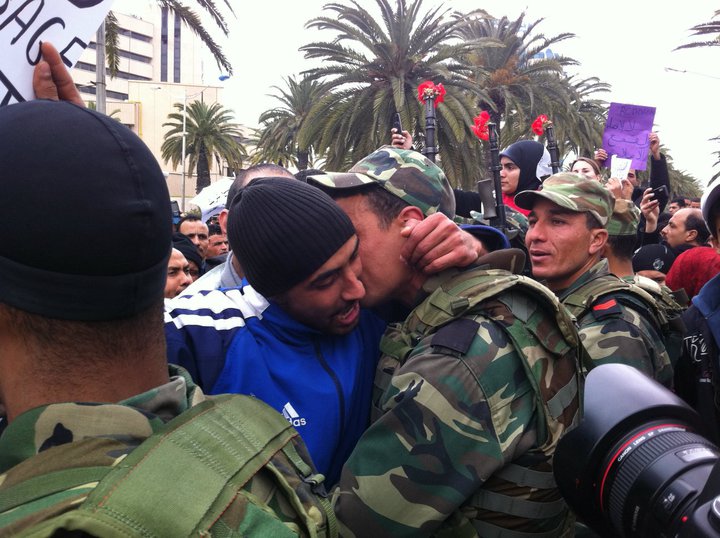
Between the two acts, some eleven and a half years apart, the Arab world was shaken by revolutions, coups, civil wars and others with a clear regional dimension. Although there were countries that were hardly affected by the protests, such as the United Arab Emirates or Algeria, popular protests of varying magnitude were registered in most of them. In four countries - Tunisia, Egypt, Libya, and Yemen - dictators with a long history behind them were removed from power, which gave rise to two transition processes, in theory, of a democratic vocation. Sooner or later, all of them failed.
In the case of Libya, the country has been in chaos for more than ten years, with cyclical outbreaks of war between various centers of power made up of institutions and militias. In 2011, NATO played a decisive role in the victory of the anti-Gaddafi rebels, as it became their air force despite the fact that the UN mandate authorized it only to protect the population. Once the conflict ended, NATO disregarded the security of the country, and successive governments have not been able to disarm the militias. The interference of foreign powers and the tensions between Islamists and non-Islamists have turned the stabilization of the country into a puzzle.
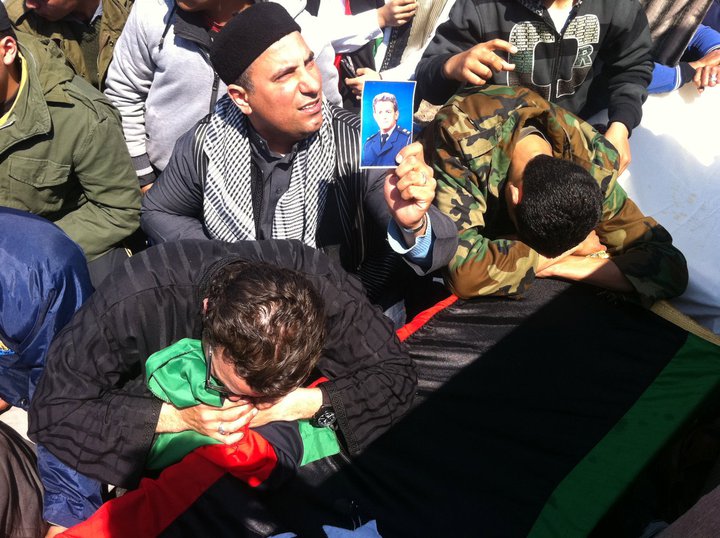
Due to its demographic and cultural weight, perhaps the case of Egypt was the one that had the greatest influence on the rest of the region. In the summer of 2012, almost a year and a half after the fall of Hosni Mubarak and with the Army piloting the transition, presidential elections were held, in which the Brotherhood candidate, Mohamed Morsi, won by a narrow margin.
Taking advantage of the discomfort of broad layers of the population with Morsi due to the slow pace of change and the stagnation of the economy, the Army orchestrated a coup in July 2013 led by the then Minister of Defense, Abdelfatá al-Sisi. The repression that was subsequently unleashed was appalling. According to human rights organizations, in a single day around 1.000 people died in the brutal eviction at the peaceful protest rally in Raba al-Adawia square, and the number of political prisoners rose to at least 40.000. With Al-Sisi already installed permanently in the presidency of the country - a constitutional reform allows him to renew the position until 2030 - Egypt has become one of the harshest dictatorships in the region.
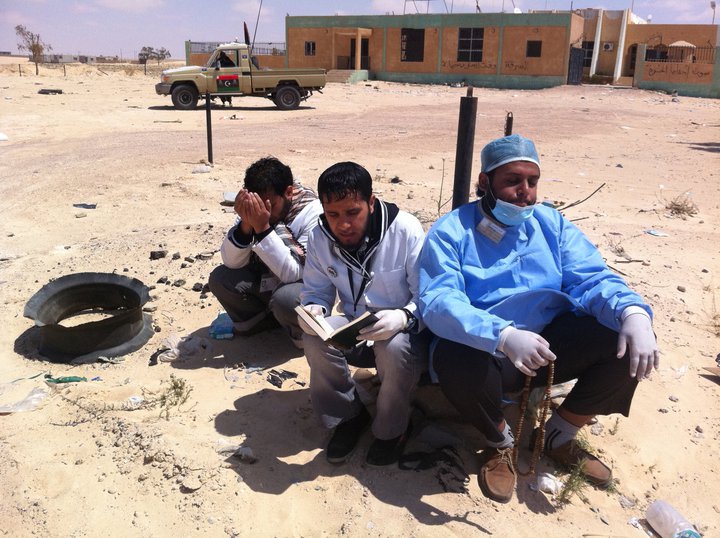
Other regimes were able to survive the push for change thanks to different strategies. In Morocco, the makhzen - the "deep state" around the king - promoted a constitutional reform that divided the opposition, while exercising selective repression. In Bahrain, King Hamed Ben Issa al-Khalifa invited Saudi tanks to cross the King Fad Bridge, which links the two countries, to quell protests by the Shia minority.
In Syria, Bachar al-Asad used repression that led to a war with thick sectarian overtones. The support of several powers -Iran and Russia in favor of the regime- and Turkey, several Gulf countries and the US in favor of the rebels lengthened the conflict and made it more deadly. Currently, the Syrian war has disappeared from the mainstream media, but the country continues to be divided into a majority of the territory controlled by the Syrian regime, a strip by the Kurdish militias supported by US troops, another by jihadist groups in the province of Idlib, and finally, another by Turkish troops.
The UN, on the one hand, and the Moscow-Tehran-Ankara triad have launched talks between various political actors to end the conflict. However, the activists who launched or supported the revolt in 2011 view these efforts with great skepticism. “Speaking of a peace process while those responsible for crimes against humanity remain in power is a mockery of the Syrian population,” says the Hispanic-Syrian activist Leila Nachawati.
The failure of the Arab Springs now seems indubitable. The reasons are diverse. Many activists recognize that, since most of the riots were spontaneous, they were not prepared and made the wrong strategic decisions. Furthermore, they did not receive sufficient support from Western powers. For example, both the US and the EU accepted the Al Sisi regime as legitimate, and hardly applied any sanctions despite their relentless repression.
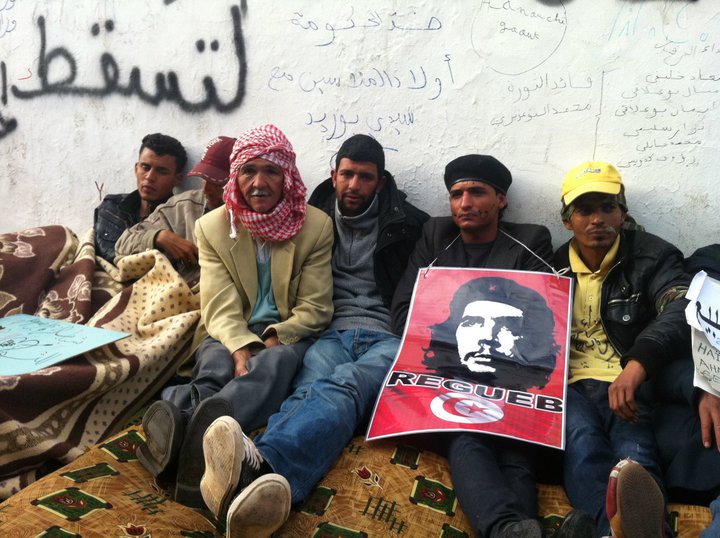
On the other hand, a decade ago both activists and analysts underestimated the strength of traditional elites in many Arab countries. Since the outbreak of the Arab Springs, a powerful counterrevolutionary bloc has been formed, led by the petro-monarchies of the Persian Gulf. His wealth served to finance a constellation of pan-Arab media outlets that have dedicated themselves to vilifying democracy and promoting systems dominated by authoritarian figures. And they managed to convince some sectors of the societies that initially supported the reforms.
However, in the long term, the success of the authoritarian project is not guaranteed, especially in an environment often marked by famine, profound economic and technological transformations, as well as the ravages of climate change. The most optimistic among the activists assure that the Arab Springs planted a seed of freedom that the failure of the transitions has not dried up. In fact, they point out that the 2019 protests in Lebanon, Sudan and Algeria, which in the latter two countries toppled Omar al-Bashir and Abdelaziz Bouteflika, respectively, should be considered a second wave of the Arab Springs. In Algeria, however, Bouteflika's departure after the citizen protests of the Hirak movement did not imply a change in the state power structures, which continue to be commanded in the shadows by the military. He was succeeded in the presidency by Abdelmadjid Tebboune, who had already been part of his government and won the elections with the lowest turnout in the country's history (39,93%).
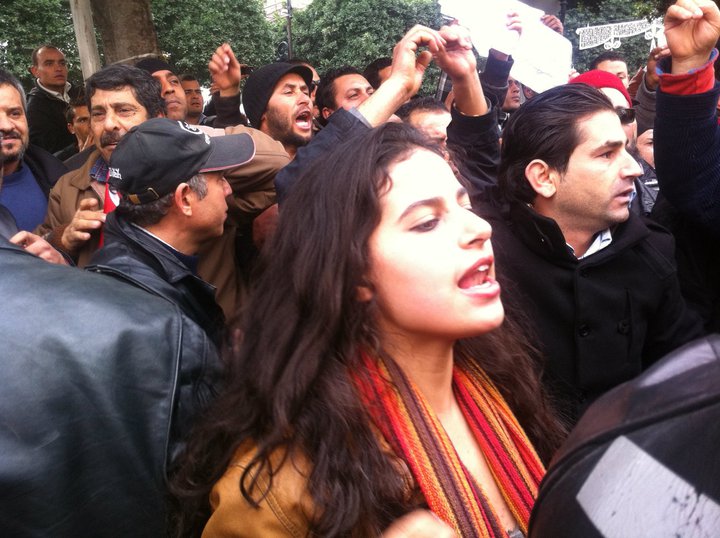
Optimists also remember that processes like the French Revolution bore fruit many decades after they began and after suffering numerous setbacks. Is it too soon to write the obituary of those revolts that convulsed the Arab world?


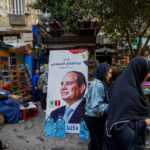

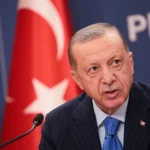


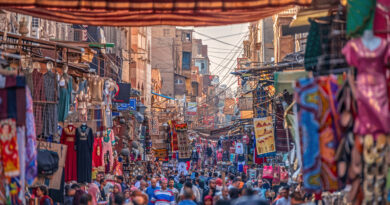


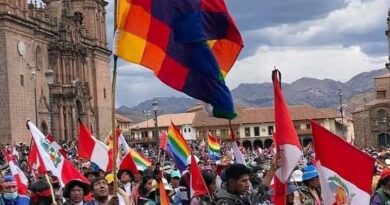
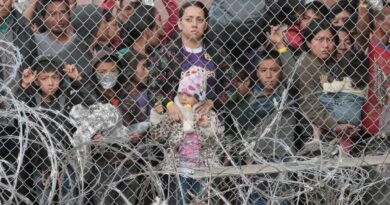

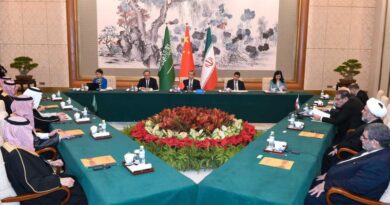
Pingback: The bitter balance of the “Arab Springs” | NR | alternative journalism